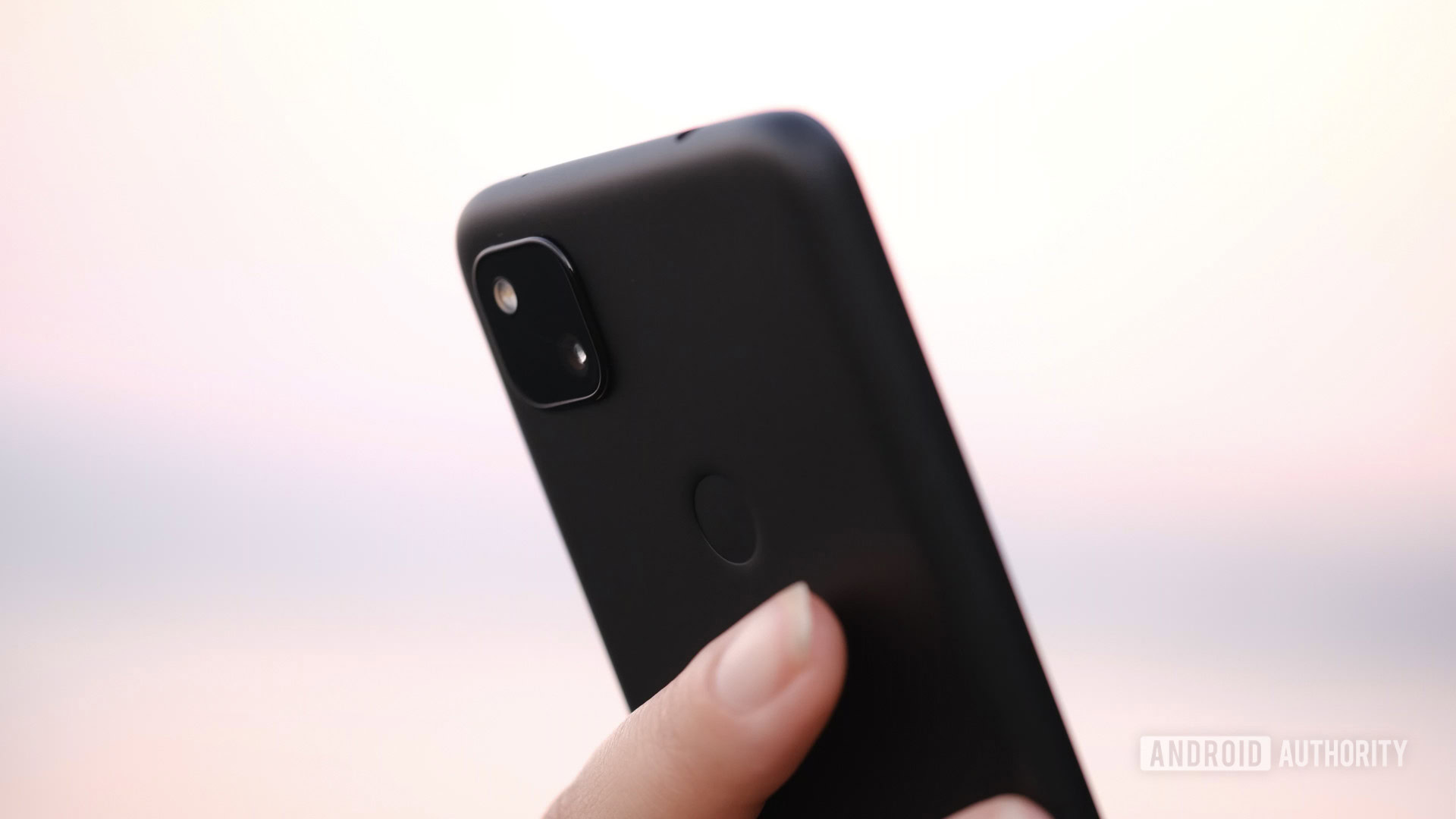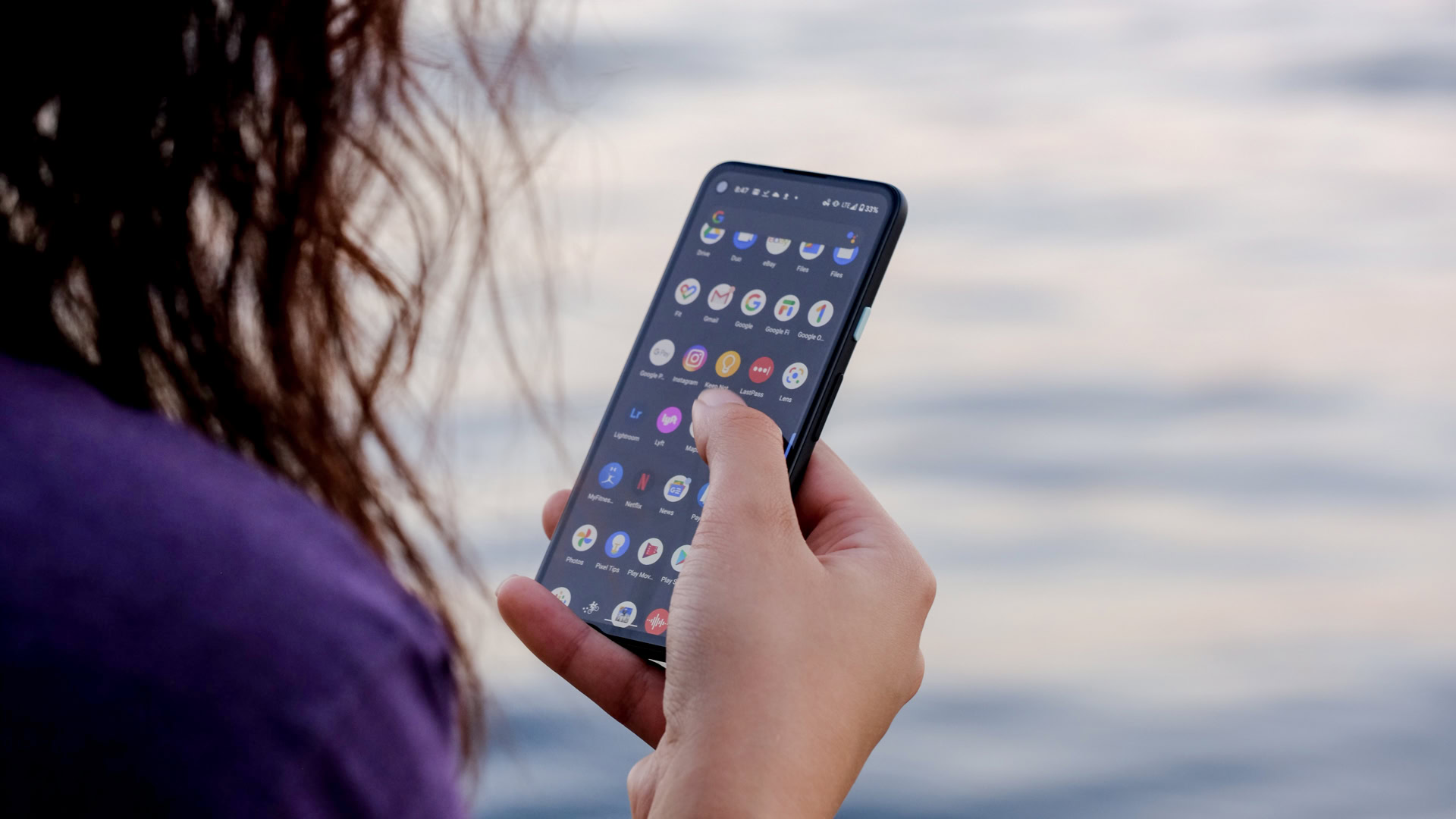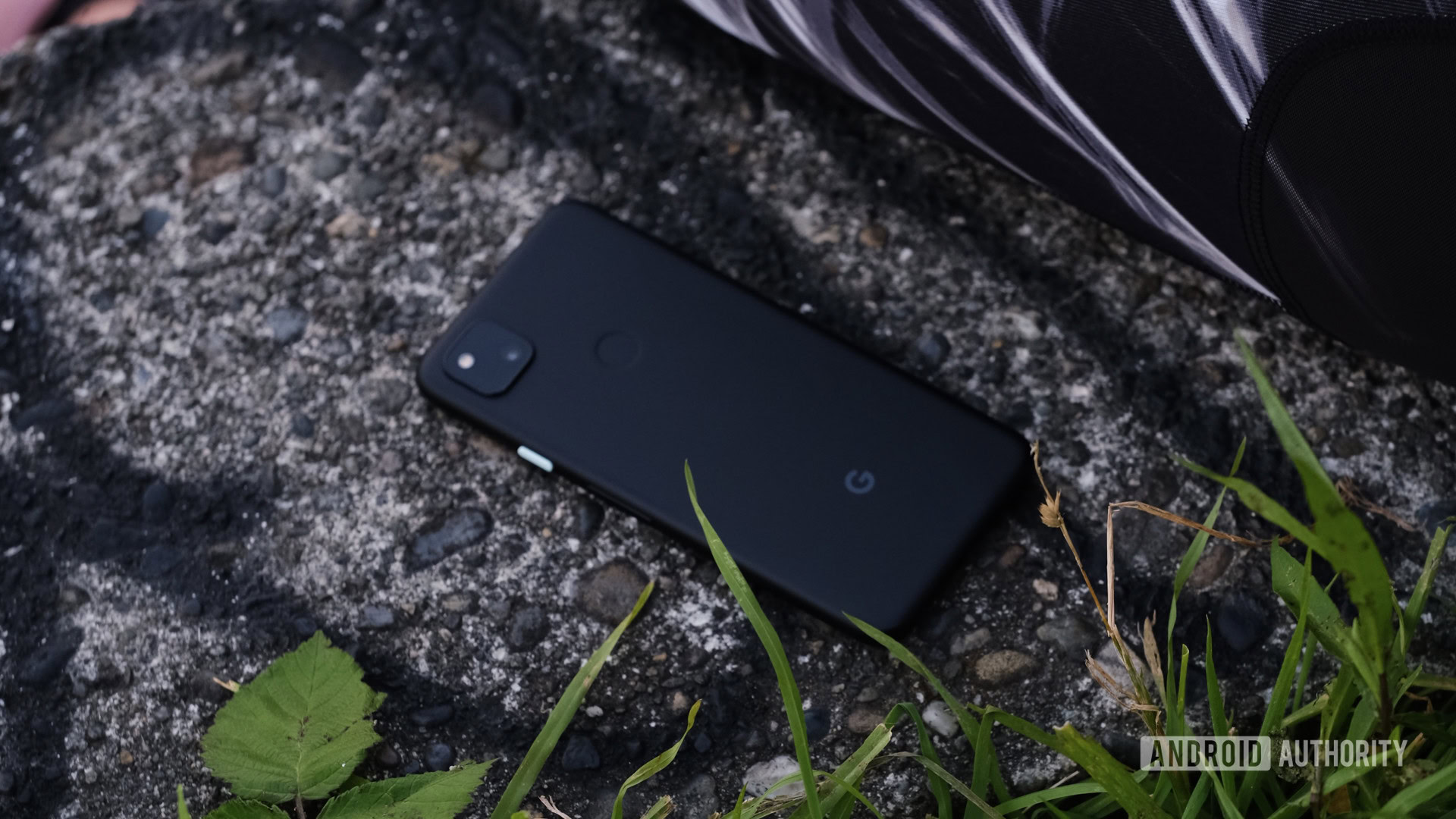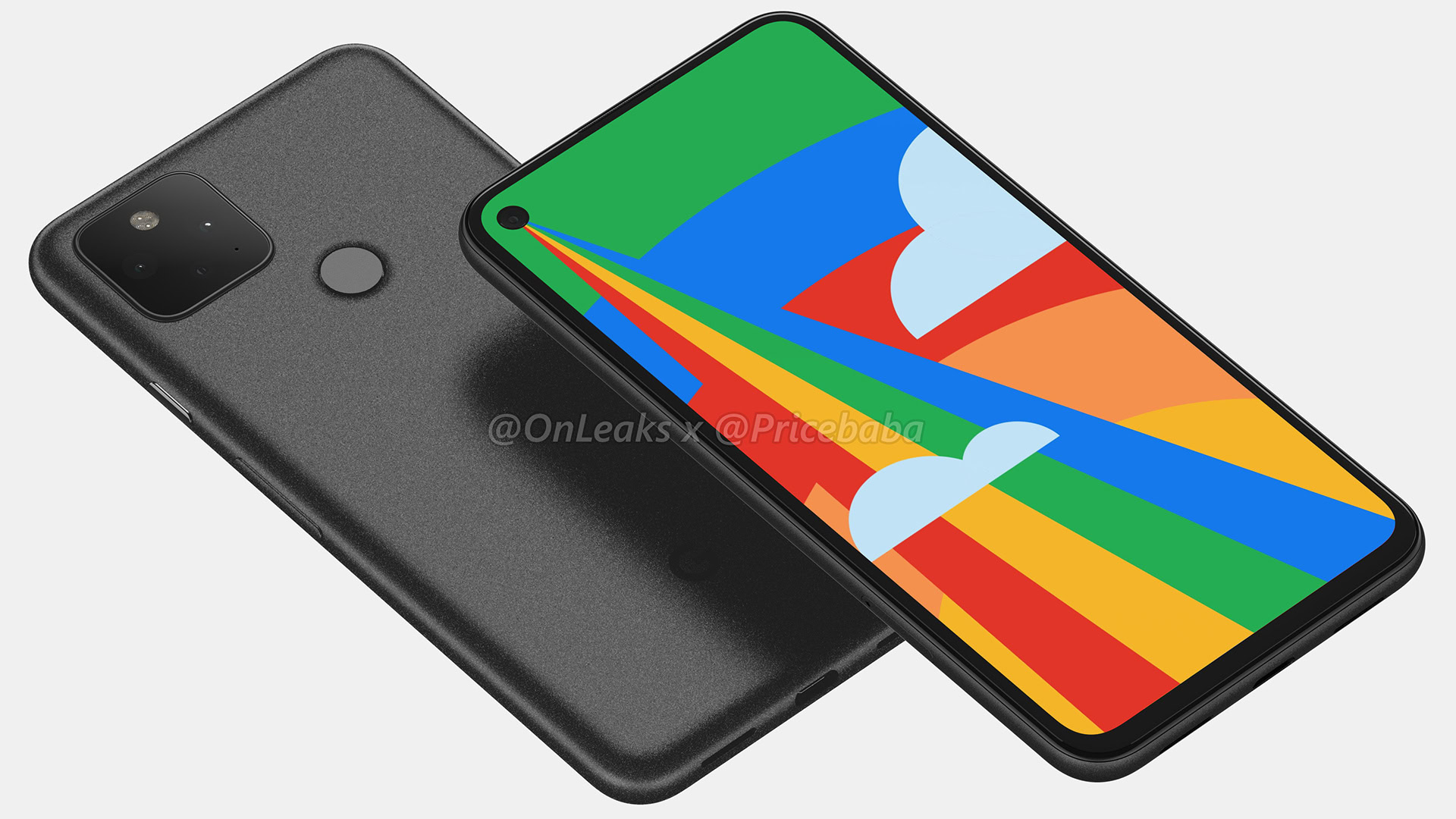Affiliate links on Android Authority may earn us a commission. Learn more.
Second opinion Google Pixel 4a review: Buyer's remorse

I don’t think I’ve been as excited for a phone as I was for the Pixel 4a. For years, I’ve been waiting for a small Google phone that had decent battery life and didn’t cut any major corners. After paying too much for a Pixel 4 XL and living with horrible battery life for the past few months, I decided I would switch to the 4a. So, I ordered one on launch day.
Most of the Pixel 4a’s strengths really made me appreciate Google’s cheap phone; the battery life, the size, the headphone jack are all fantastic. But one thing ended up getting in the way of me keeping the Pixel 4a.
Read my second opinion Google Pixel 4a review to find out why I returned the Pixel 4a after two weeks.
Our full review: Google Pixel 4a review: Google’s best phone in years
What I liked about the Google Pixel 4a

Design and overall size
The Google Pixel 4a is the perfect size if you like small phones. The 5.81-inch display might seem big on a spec sheet, but the small bezels and punch-hole camera help make this a truly one-handed phone. I never once wished I had a larger phone while scrolling through social media or watching YouTube videos.
We also really like plastic phones here at Android Authority. Switching back to plastic from a super-breakable glass phone gave me a sense of freedom I never had with the Pixel 4 XL or Galaxy S20 Plus. I didn’t need to use the Pixel 4a with a case. The phone isn’t nearly as slippery, and it’s likely more durable than a glass-covered phone if I were to drop it from my desk.
Don’t get me wrong. For as refreshing as the Pixel 4a is to use coming from a big, premium phone, I don’t like everything about its design. It’s fine on the front, but the back of the phone is quite boring. There aren’t any visual flairs, and it doesn’t help that the 4a is only offered in one color. Also, it’s quite light at just 143g. It felt like I was holding a toy the entire time I used the phone.
Display
Speaking of the display, it’s good. Google went with a 5.81-inch AMOLED panel that really didn’t make me miss the Quad HD resolution of other flagship phones. The Pixel 4a’s display gets dim enough for nighttime use, and it’s contrasty without appearing unnatural. I do wish it was able to get a little brighter, though.
There’s one omission that kept me from really liking the 4a’s display. More on that later.
Battery life
I’m by no means a power user, but I do a lot on my phone every day. I usually end the day with about four hours of screen-on time with a couple hours of streaming podcasts.
The Pixel 4a was able to handle my usage with ease. I’d typically wrap up my day (from around 6:30AM to 10PM) with about 20% left in the tank. Not the best you can get on a budget phone, but that’s more than acceptable for me.
Fingerprint sensor > face unlock
Everyone has their preference, but this is mine: I prefer fingerprint sensors to face unlock.
I like being able to swipe down the notification shade with a rear-mounted fingerprint sensor. I also like tapping on the sensor to get into my phone instead of swiping up on the lock screen.
Fingerprint sensors have also been around for longer, so third-party apps have had more time to integrate Google’s Pixel Imprint tech for biometric authentication. Many of my most-used apps are compatible with my phone’s fingerprint sensor, but not with the Pixel 4’s face unlock tech. It’s odd, being able to login to LastPass right away on my Pixel 4a, but being required to type out my password on my Pixel 4 XL.
Cameras

You probably already know this, but I’ll say it again anyway. The Pixel 4a’s cameras are great. You get the same single rear-facing 12MP sensor that Google used on previous Pixel phones. The camera setup is all about simplicity. You’ll get a great photo nearly every time with the Pixel 4a, not to mention the killer Night Sight and astrophotography modes if you like shooting at night.
The Pixel 4a’s camera setup isn’t versatile — no wide-angle lens, no telephoto lens, no depth sensor. Some people might take issue with that, and I wouldn’t blame them.
Google’s less-is-more approach to smartphone photography is fine for the Pixel 4a, and especially for this price point. The company can’t stick with a single sensor forever, but it works for this phone.
Also read: The best budget camera phones you can buy
Audio
For the most part, the audio experience on the Pixel 4a is very good. The stereo speakers get loud enough to walk around the house playing music or podcasts. I’ve noticed the speakers aren’t as loud as the Pixel 4’s, but it’s not a huge difference.
Also, it has a headphone jack. Enough said.
Price
It’s the Pixel 4a’s biggest selling point. I’m personally tired of spending more money than I’m comfortable with on new phones. Also, the mid-range phone selection in the United States is lacking, so having access to a solid phone at $350 is refreshing.
What I didn’t like about the Google Pixel 4a

Display (again)
I tried and I failed. The one missing feature on the Pixel 4a that bugs me to no end is the lack of a high refresh rate display. That’s not a slight against Google — this is a $350 phone, so I didn’t expect it to come with one — but the downgrade in quality is just too much for me. I’m so used to the Pixel 4 XL’s 90Hz display that I don’t think I could ever go back to a 60Hz panel.
I can’t describe the Pixel 4a as a “laggy” phone. It’s just not. But the drop down from 90Hz to 60Hz makes it feel slower than other phones with better screens.
The missing extras
Then, there are the corners Google needed to cut to get the cost down to $350.
The Pixel 4a doesn’t have an IP rating. It’s a small inconvenience, but an inconvenience nonetheless. I’m very careful with my smartphones and have never broken one or dropped one in water. However, it’s 2020, and all phones should have an IP rating.
There’s also no wireless charging. I don’t mind this omission as much as others. Wireless charging degrades batteries much quicker than wired charging, and it’s usually pretty slow. But after using wireless charging on my smartphones for the past few years, it’s odd to purchase a phone without the feature when I already have three wireless chargers lying around my house.
Finally, no Active Edge. I’m definitely in the minority here, but I use Active Edge (the squeezy feature to launch Google Assistant) multiple times a day on my Pixel 4 XL. I sorely missed this feature when I was using the Pixel 4a.
The Google Pixel 5 is why I’m not keeping the Pixel 4a
Everything was going well with the Pixel 4a. I used it for about a week and I was completely in love with it. Then Google happened.
See, if Google launched the Pixel 4a when it originally planned to — back in May 2020 at what would have been Google I/O — I would probably still be using the phone today. But about a week into me owning the Pixel 4a, the Pixel 5 started calling my name. More details began surfacing about the Pixel 5’s apparent specs, including the fact that it would be a small phone with (supposedly) not horrible battery life. Add to that a much more affordable price than previous flagship Pixels, as well as improved specs across the board, and you’re describing Jimmy’s dream Pixel phone.
I’m probably not the only one who’s trying to decide between the Pixel 4a and the Pixel 5. With Google delaying the Pixel 4a’s launch, and even going so far as to officially announce the existence of the Pixel 4a 5G and Pixel 5 on the 4a’s launch day, I can’t help but think Google is getting in its own way.
I was completely in love with the Pixel 4a. Then Google happened.
I’m not trying to suggest that Google is doing any of this on purpose. A worldwide pandemic is delaying things left and right in the tech world. We know Google had difficulties manufacturing enough Pixel 4a units on time (hence the release date delays) and we have it on good authority that there were more SKUs planned for the launch. Now, the company needs to roll with the punches and try to make it seem like this new 2020 roadmap was intentional all along.
Who knows — maybe after the Pixel 5 is here I’ll have second thoughts and want to go back to the Pixel 4a. As a Pixel fan, having the option to choose between one good Pixel or another good Pixel isn’t something I’m familiar with. These phones usually have one or two major things wrong with them. The Pixel 4a, somehow, got by without any major downfalls. Here’s hoping Google is able to continue that trajectory with the Pixel 5.
